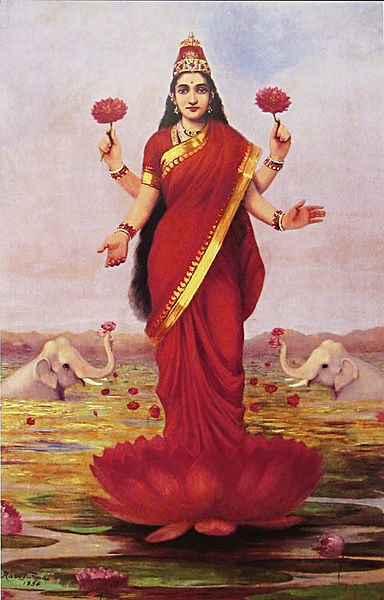 Hinduism as a term was first coined by British colonialists to facilitate the process of census taking. Although the word Hindu derives from the river Indus and the civilizations that grew along its banks, Hindus form the majority in the Indian subcontinent and are settled across the length and breadth of the Indian landscape. Also, those who are categorized as Hindus have diverse ethnic, racial, cultural and linguistic backgrounds. The concepts of the deity and philosophical approaches to salvation also find various manifestations. Nevertheless, there are many aspects of their religious beliefs and practices that provide the necessary common ground to bring under a single political classification, if not a theistic one. While the predominant deity may differ from one faction to the other, all deities are taken from the more than 300 million divine entities that form the cosmos. While no one scripture is considered to represent the religion in all its complexities, a few historical scriptures are widely circulated, read and referred across the various denominations. These are the Vedas (some of which date back to 2000 years B.C. and beyond) and Upanishads (a later-day invention of the Brahman classes). Some form of religious practices, beliefs and rituals that derived from Brahmanas, Aranyakas, Upanishads and Vedas are being used by the Hindus even today. This is the strongest argument in favor of a unifying Hindu theology (Van Horn, 2006).
Hinduism as a term was first coined by British colonialists to facilitate the process of census taking. Although the word Hindu derives from the river Indus and the civilizations that grew along its banks, Hindus form the majority in the Indian subcontinent and are settled across the length and breadth of the Indian landscape. Also, those who are categorized as Hindus have diverse ethnic, racial, cultural and linguistic backgrounds. The concepts of the deity and philosophical approaches to salvation also find various manifestations. Nevertheless, there are many aspects of their religious beliefs and practices that provide the necessary common ground to bring under a single political classification, if not a theistic one. While the predominant deity may differ from one faction to the other, all deities are taken from the more than 300 million divine entities that form the cosmos. While no one scripture is considered to represent the religion in all its complexities, a few historical scriptures are widely circulated, read and referred across the various denominations. These are the Vedas (some of which date back to 2000 years B.C. and beyond) and Upanishads (a later-day invention of the Brahman classes). Some form of religious practices, beliefs and rituals that derived from Brahmanas, Aranyakas, Upanishads and Vedas are being used by the Hindus even today. This is the strongest argument in favor of a unifying Hindu theology (Van Horn, 2006).
References:
Sharma, Arvind, (1996), On the distinction between karma and rebirth in Hinduism.. Asian Philosophy, Mar1996, Vol. 6 Issue 1, p29, 7p;
Van Horn, Gavin, (2006), Hindu Traditions and Nature: Survey Article., Environment Culture Religion, Vol. 10 Issue 1, p5-39, 35p.